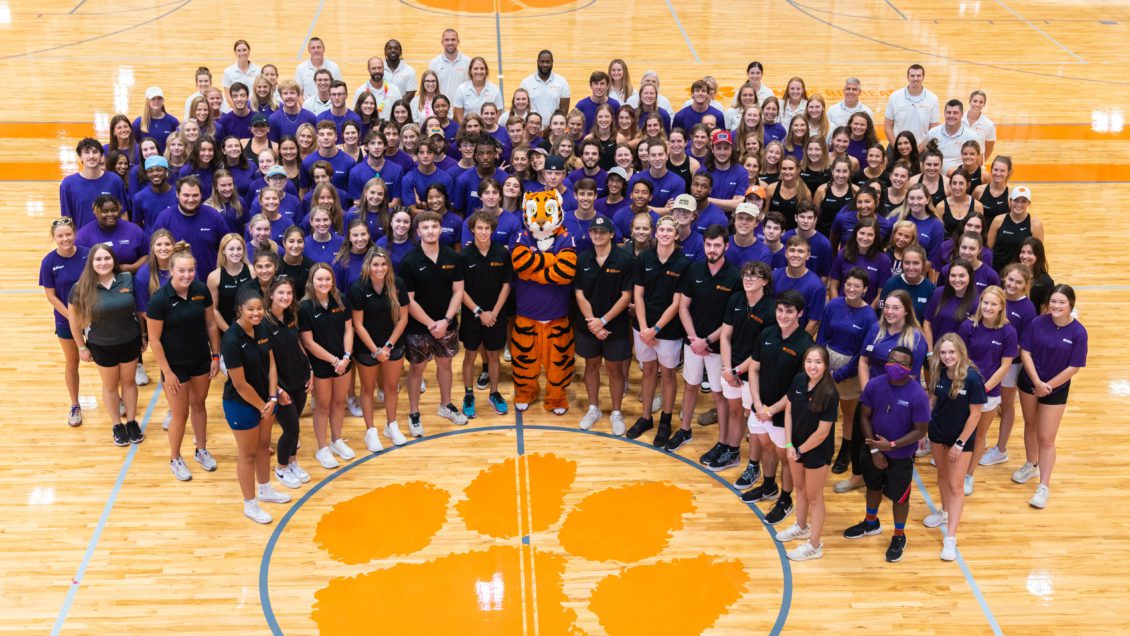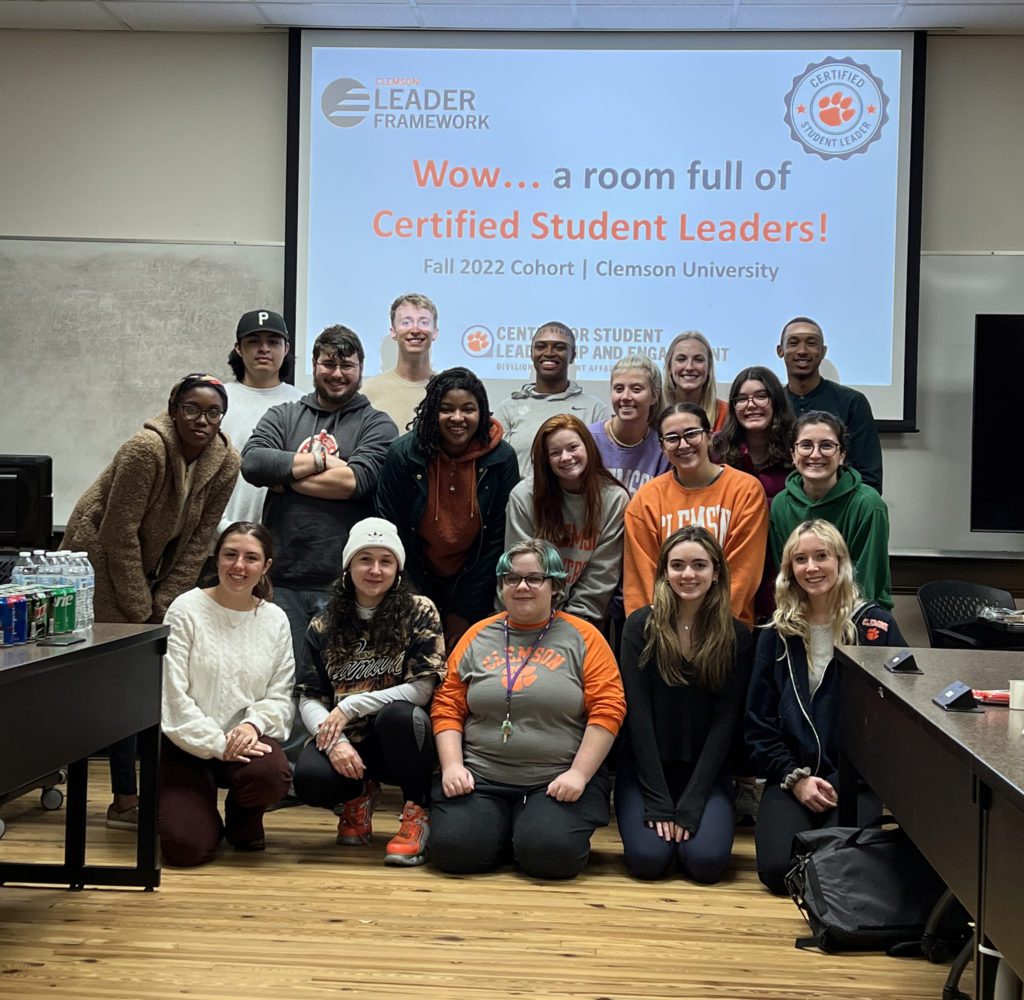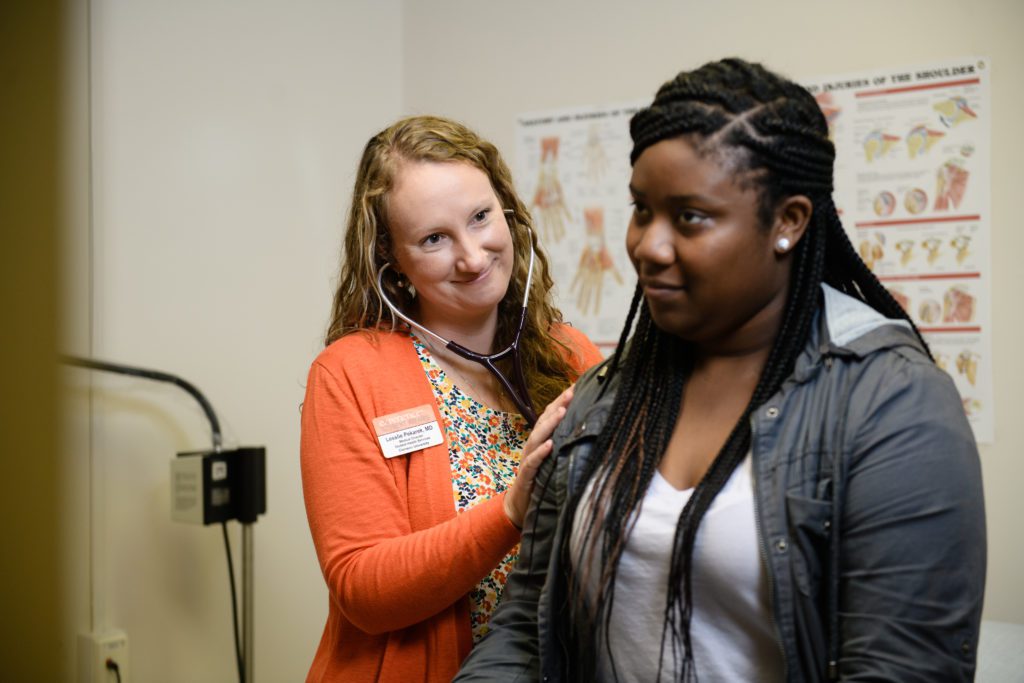
Learning is an essential element in the work performed by any student affairs professional. In fact, the most recent vision statement utilized by Clemson University’s Division of Student Affairs says the following:
Student Affairs is a preeminent, student-centered community that creates supportive and inclusive environments to prepare Clemson students for lifelong learning.
With that in mind, student learning has been one of the division’s core themes and will continue to be — even as the University moves toward a new strategic plan known as Clemson Elevate. On Thursday, Nov. 17, colleagues from across Student Affairs and a key campus partner came together in a virtual exploration series known as Experience: IMPACT to share best practices as it relates to the concept of student learning.
“It’s important for us in the Division of Student Affairs to find ways to engage students in learning processes, regardless of what they’re doing,” says Assistant Vice President for Campus Life Mandy Hays. “Every touchpoint, we should be able to support or challenge students in what they’re doing outside of the classroom. Every contact with a student should result in a learning opportunity, and this is critically important when tying back to our University goals as well.”
Five short presentations were shared in the virtual series, providing insight into how practitioners are supporting the core theme by overcoming a challenge or opportunity through key actions.
Chris Spellman is an assistant director within the Center for Student Leadership and Engagement, and he shared information about one of the center’s newest initiatives, the Certified Student Leader program.

This eight-part program entails a 90-minute session each week, where students are exposed to different leadership principles and elements of the Clemson experience from a diverse team of professional staff. Earlier this week, a cohort of 19 students completed the program.
“After completion, participants are better able to articulate their leadership style and are more aware of leadership opportunities at Clemson,” says Spellman, the cohort lead. “Most of the students come in search of community, but they leave with improved confidence and leadership competence.”
Students come to Redfern Health Center for a variety of reasons, many without the aid of a parent for the first time. Lesslie Pekarek serves as the director of medical services and most often finds that students have gaps in knowledge with relation to things like health insurance and best practices. Her team of medical providers often sees a lot of self-diagnoses, given the prevalence of information available in today’s world.
“Helping students manage their own health concerns and when it’s best to access care can be tricky,” she says. “A lot of times, as providers, we discuss cost-benefit analysis to help educate students when follow-up appointments or labs may be necessary.”
Pekarek says assessment data collected this past fiscal year shows that nearly 80 percent of students receive information during their appointment they will use to improve their health.
“We always strive for perfection and hope to reach greatness,” she says.

One of Clemson’s most robust student employment operations resides in Campus Recreation. Each year, more than 300 students help manage fitness and wellness activities in three main campus facilities and within five specific program areas. In all, approximately 2,100 hours of work are performed by students in a given week.
“The challenge we see with students is competing for their time,” says Ben Blodgett, associate director of operations and maintenance. “Students are involved in many different facets of college life, so finding 300 student workers is tough. But, we utilize our existing students to help share our story and market the department on our behalf. They weave in their experiences and make it real.”
One of Campus Rec’s most notable changes in recent years has been meeting students where they are. Staff now utilize Canvas and other features accessible to Clemson students to recruit, conduct training and engage in staff development.
“We’ve had to adapt,” says Taylor Williams, who oversees outdoor recreation. “Allowing students to learn at their own pace, to go back and reference materials, saves us time and helps us develop culture and community as opposed to constantly reviewing policies and procedures.”
One of the unique moments in educating students takes place each Spring semester when Clemson Undergraduate Student Government and Graduate Student Government experience a transition in leadership. As new students are appointed to executive-level leadership positions, many are tasked with managing fiscal processes within their respective organizations. That’s where a vibrant relationship with Student Affairs Business Operations comes into play.
“We’ve held annual leadership transition meetings the past few years, but have recently expanded those to include Senate committee chairs,” says Lisa Bona, chief business operations and strategy officer for Student Affairs. “We also have monthly meetings and continuous communication with financial decision-makers and have created a central repository of spreadsheets to enhance the way we work with students. It has provided a great tracking mechanism and allows our office to process transactions in a much quicker time frame.”
Clemson Home now resides in the Finance and Operations Division, but its work is undoubtedly critical in supporting the success of students — much like all of the areas in Student Affairs. Cassi Bowen is a residential community director and shared some of the ways through which her teammates connect, explore, engage and lead students who live on campus.
“We’ve operated under a residential experience model for the past 10 years and it can be very easy to say we want to continue it because it works,” she says. “But students continue to evolve, and we need to revolutionize the ways through which we engage our students.”
She says engagement begins with staff buy-in, and one of the ways residential living has done that is by being more intentional and planning for the academic term during the spring and summer months.
“We created full lesson plans for our staff communities to implement and have complete content prior to the academic year,” she says. “It’s made it easier to work with students.”
And, after all, that’s the ultimate goal.
